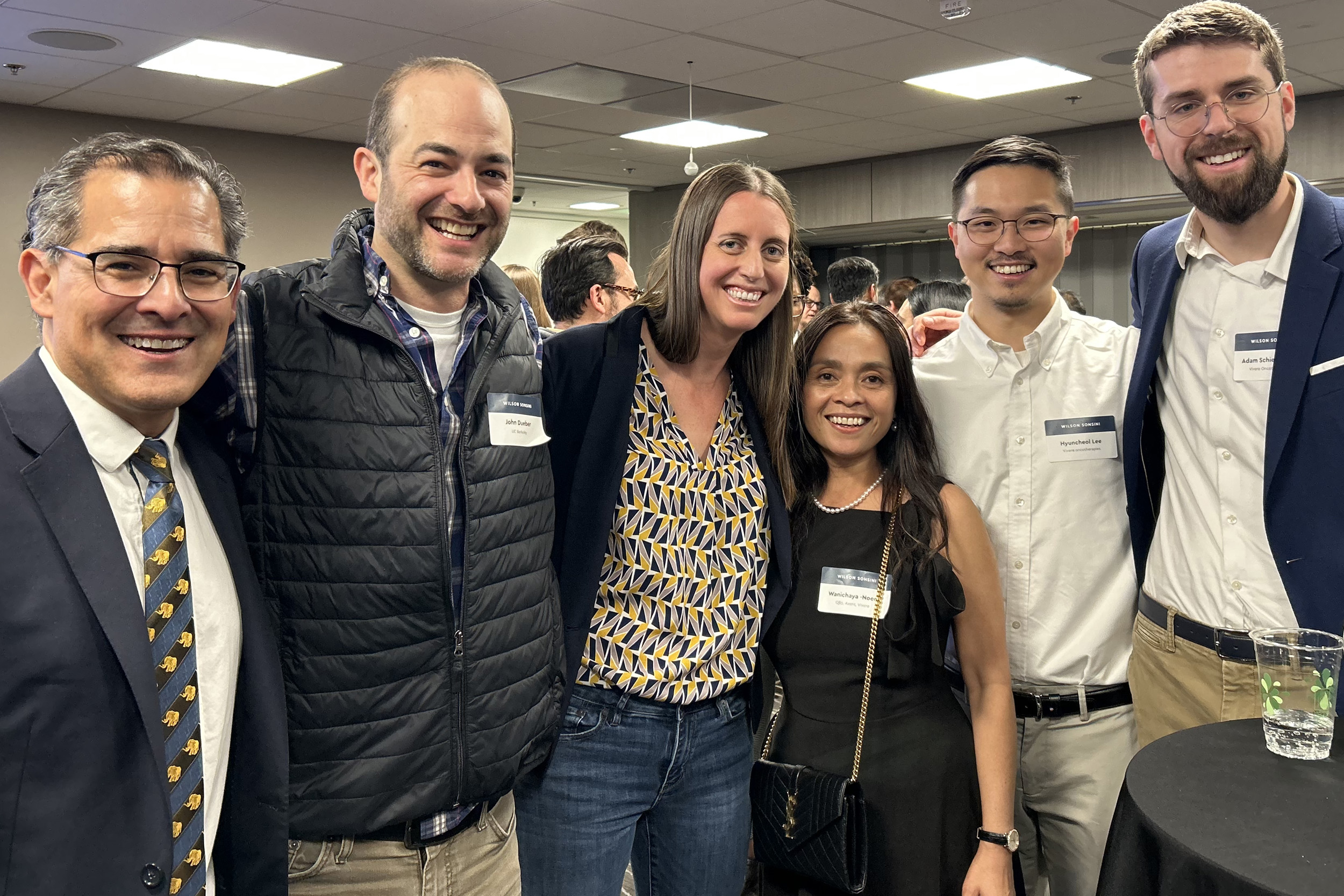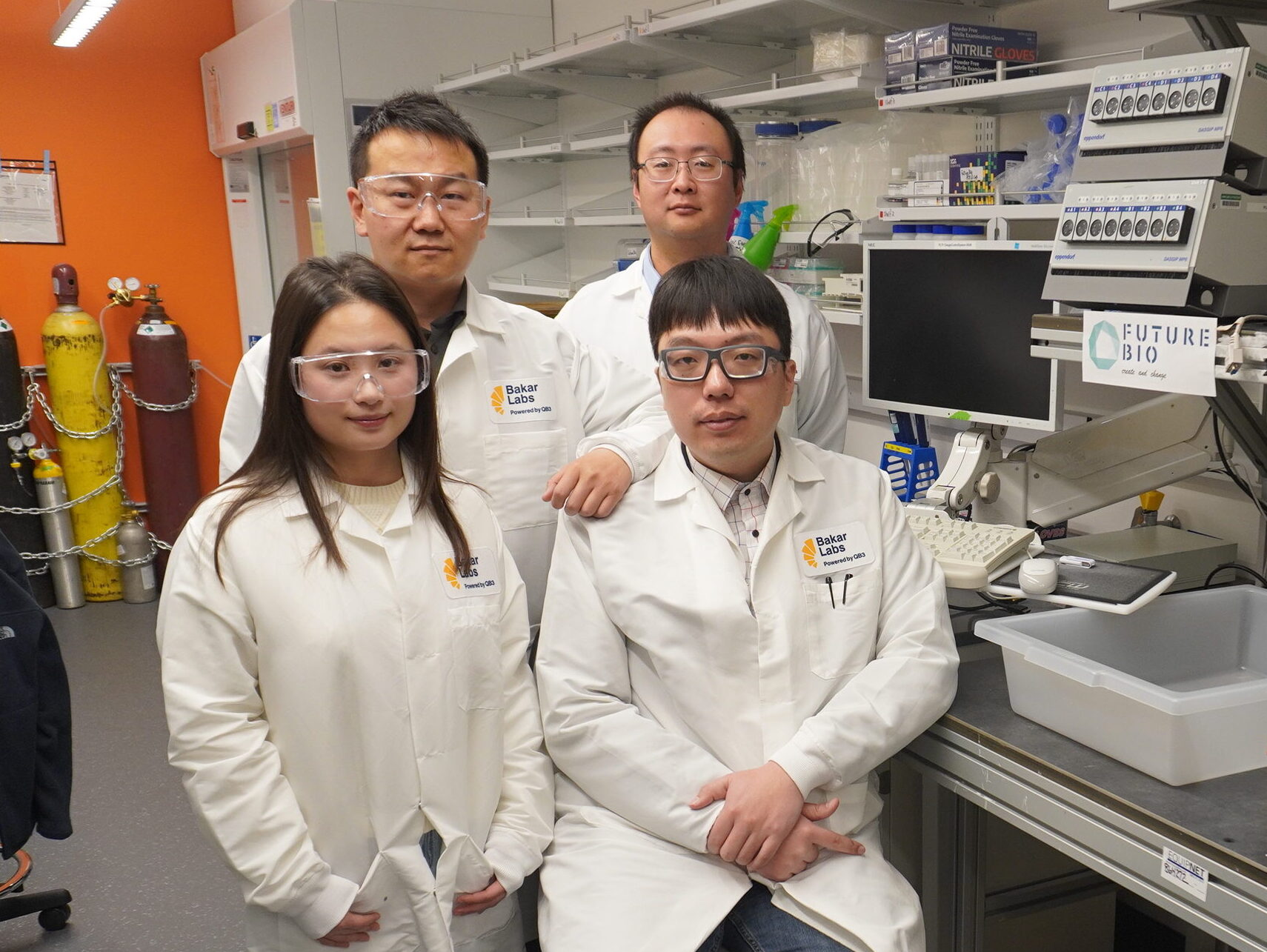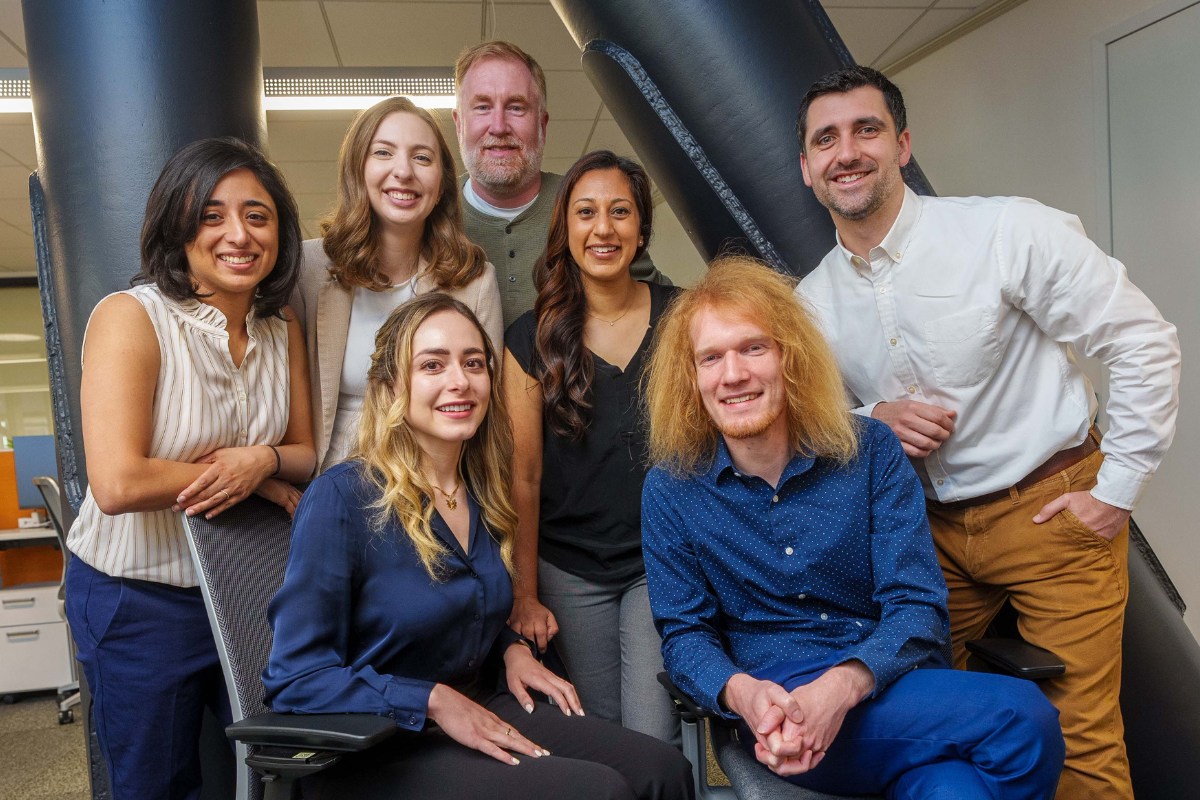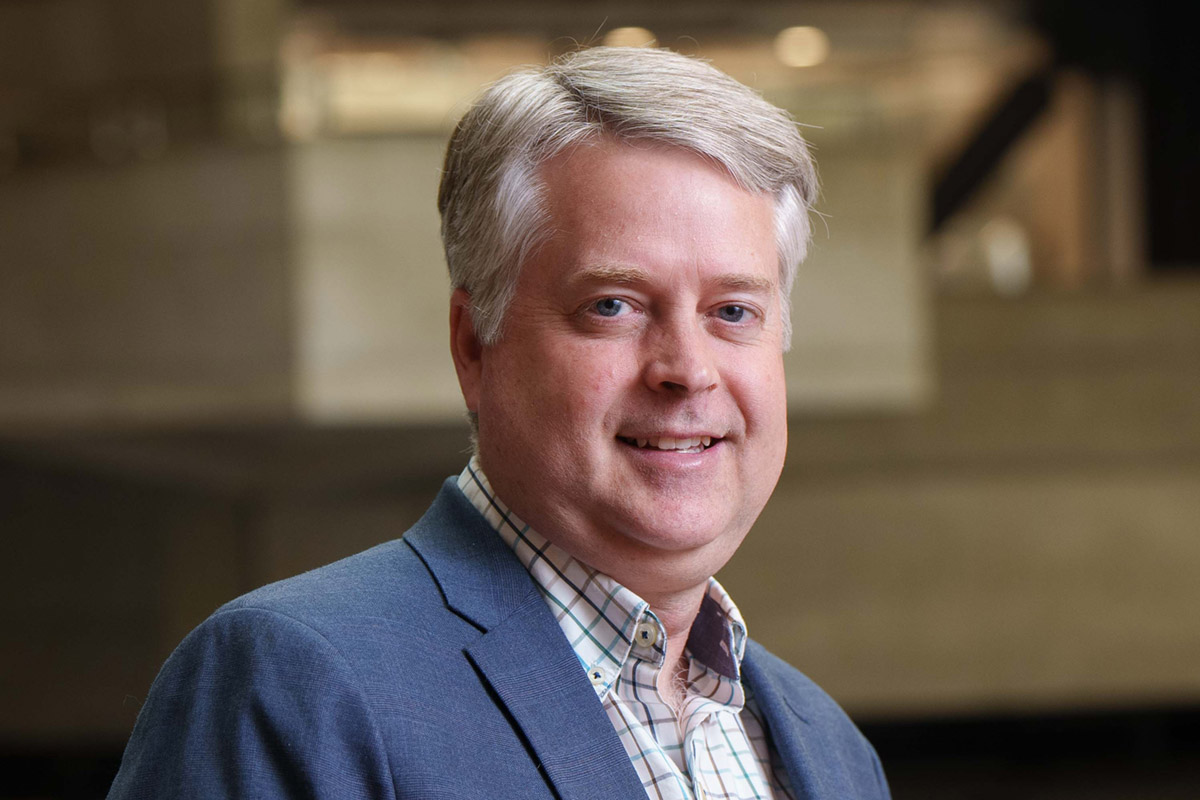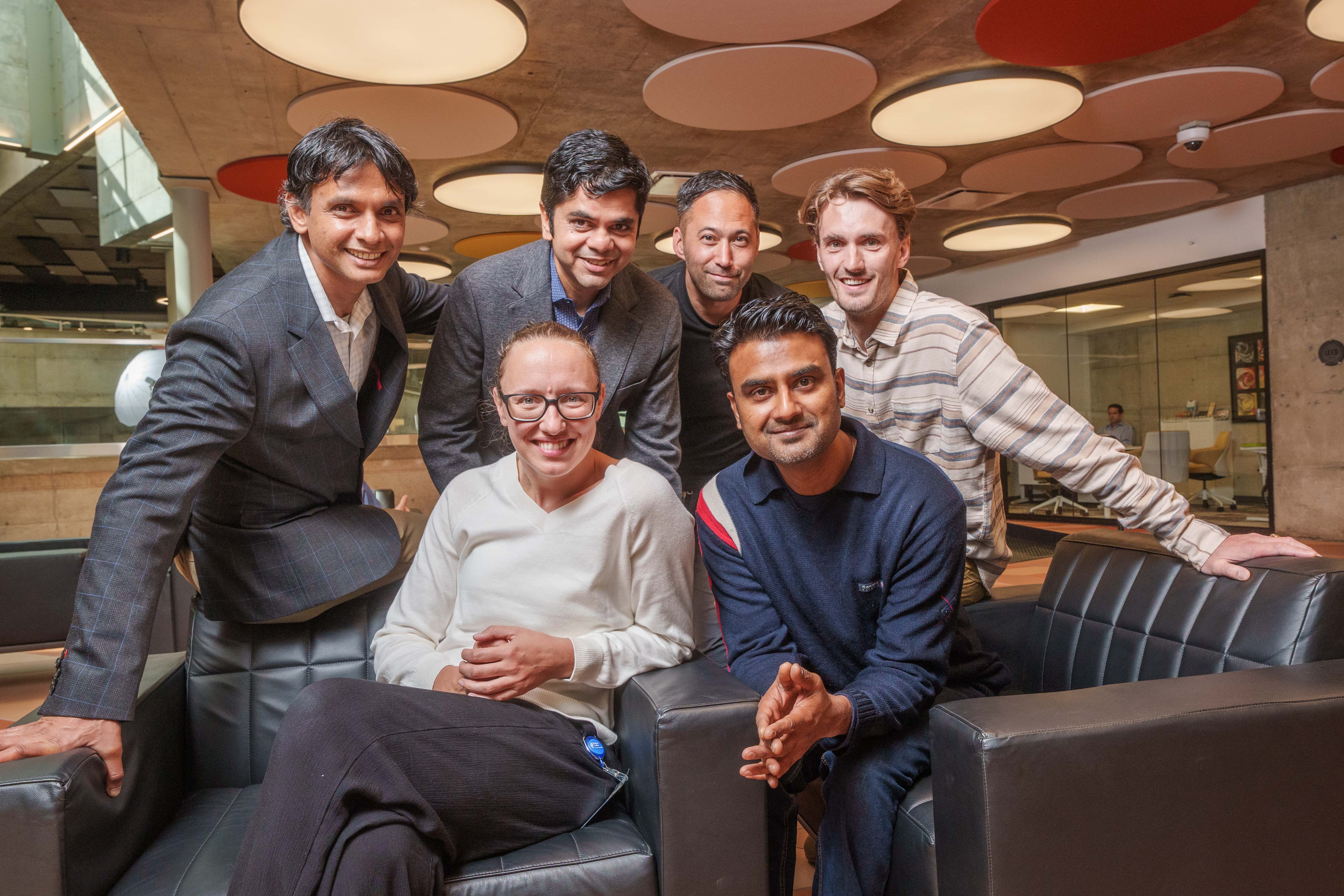Tenant Spotlight on Regel Therapeutics: A New Approach to Gene Therapy
By Niki Borghei
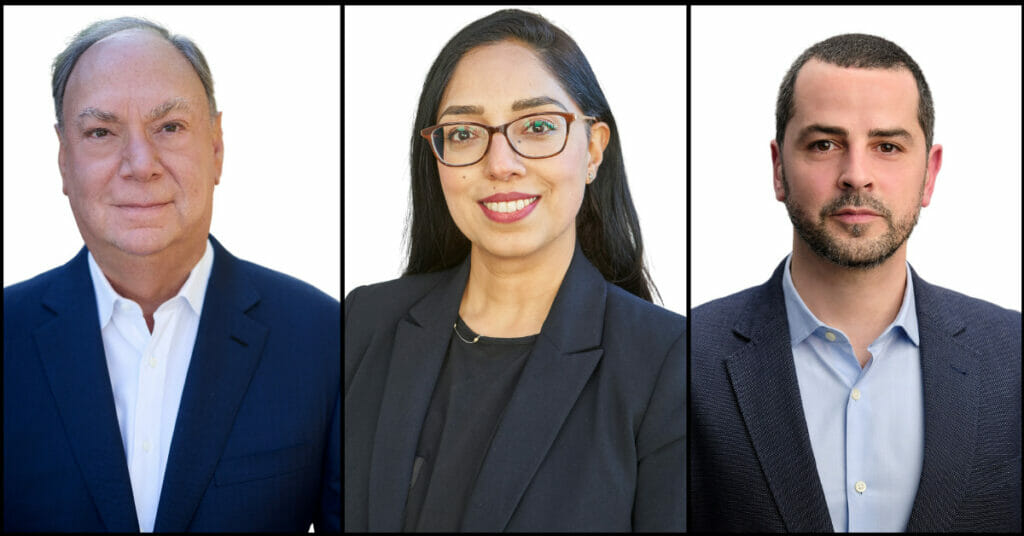
There’s more to gene therapy, and CRISPR, than cut-and-paste. Disease can result if a gene has only one functioning copy, which doesn’t produce enough protein. This is called “haploinsufficiency” and can happen in more than 660 genes. It’s possible, however, to up-regulate the remaining gene and cure disease. At least in mice. Navneet Matharu and Regel Therapeutics are working to make this true in humans.
They’re using a technique called “CRISPR-mediated activation.” In a model of a haploinsufficient disease, they amp up gene expression in the one working copy of the gene. They do this using a version of the Cas9 enzyme minus its usual DNA-cleaving function. Instead of cutting DNA, the engineered Cas9 targets and activates a promoter or enhancer of the gene of interest.
The idea for forming Regel derived from technology developed by Navneet, Regel’s co-founder and CSO, and her fellow co-founder and Regel COO Jordane Dimidschstein at the Broad Institute. Jordane Dimidschtein’s work has shown that cell type specific intervention could make gene therapies safer.
“There are many genetic diseases, including rare diseases, for which there is a huge unmet need where conventional gene therapy approaches aren’t feasible,” says Navneet. “We published an article a couple of years ago describing a way to tackle some of the challenges in targeting haploinsufficiency-related genetic disorders. Even though it was an academic article, to my surprise it resonated with many patients and caregivers who approached us and validated the huge unmet need.”
In particular, Regel’s treatments could lead to solutions for seizure-inducing disorders such as Dravet Syndrome and SCN2A-related disorders, which also cause developmental delays in children.
Haploinsufficient disorders are one of the most neglected classes of diseases for gene therapy. But the lack of attention these disorders were getting only became a stronger motivator for Navneet.
“I always used to enjoy science and technological innovation. For a scientist, curiosity leads to discovery, but it is a need that leads to invention. In the back of my mind, I always knew that to make a clinical product into a reality, I have to take the technology out of the lab and develop it in an industry setting. Patients and their caregivers motivated me to take this leap into entrepreneurship.”
That leap into entrepreneurship brought them to Bakar Labs.
While they operated at MBC Biolabs San Francisco, the QB3 spinoff incubator, in their first year, they wanted to expand their team and were looking for a bigger but well-connected incubator space. Because it was important for them to grow in a community, Bakar Labs was at the top of their list.
“My favorite thing about Bakar Labs is the people—the community support. It is a buzzing hub for networking programs that are crucial for the growth of a startup,” says Navneet.
Finding a startup-oriented community is at the heart of entrepreneurial success, and that is Navneet’s best advice for future entrepreneurs.
“Having a team, capital, and space are crucial, but to get those you need to tap into your network,” she says. “My advice would be to work at two fronts: one internally, and ask how passionate you are about the idea and work on a strategy to implement that, and second, externally, be out there, build your network, connect with people, and there is a high chance everything will fall into place.”
